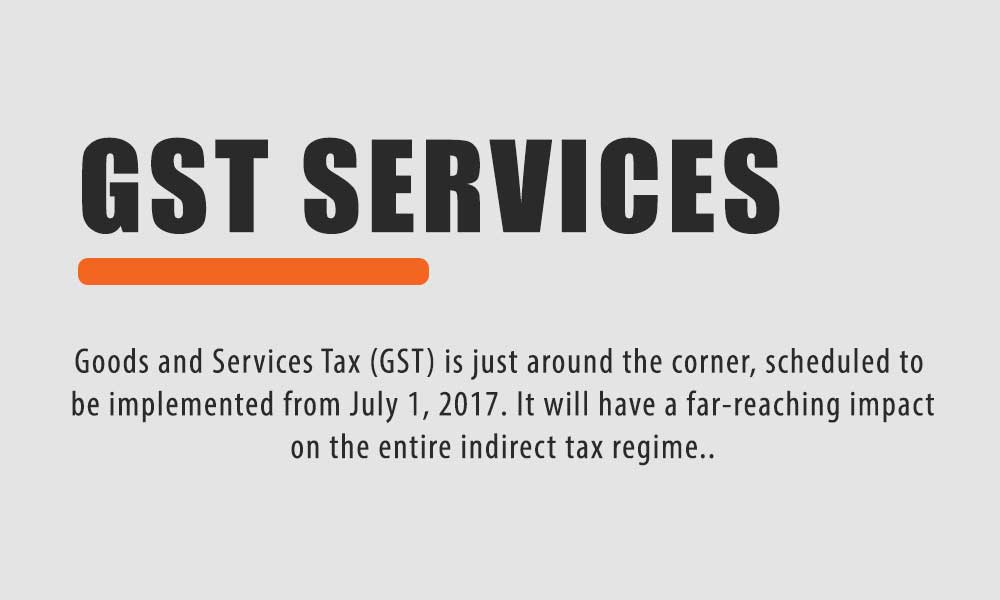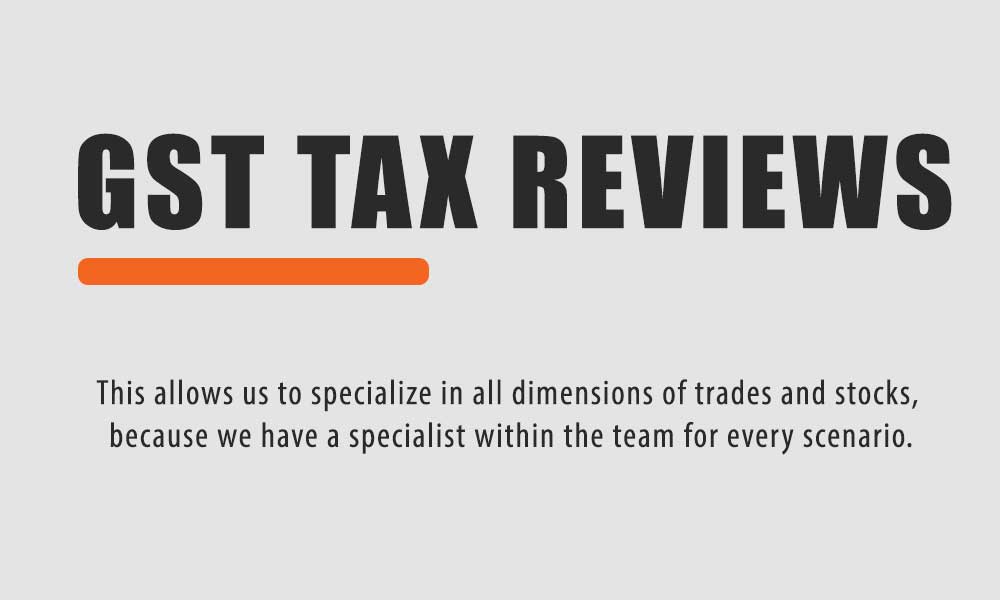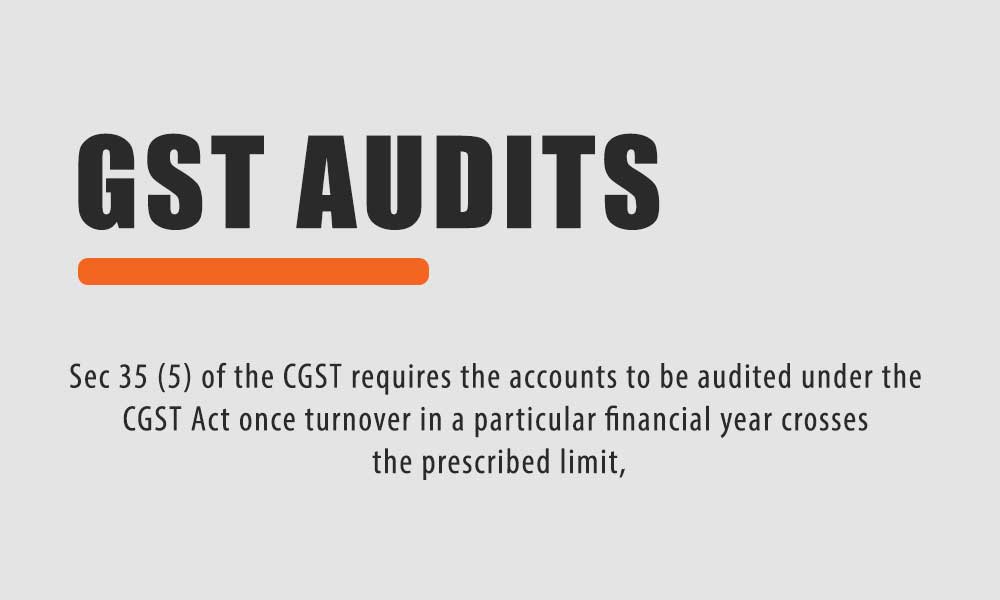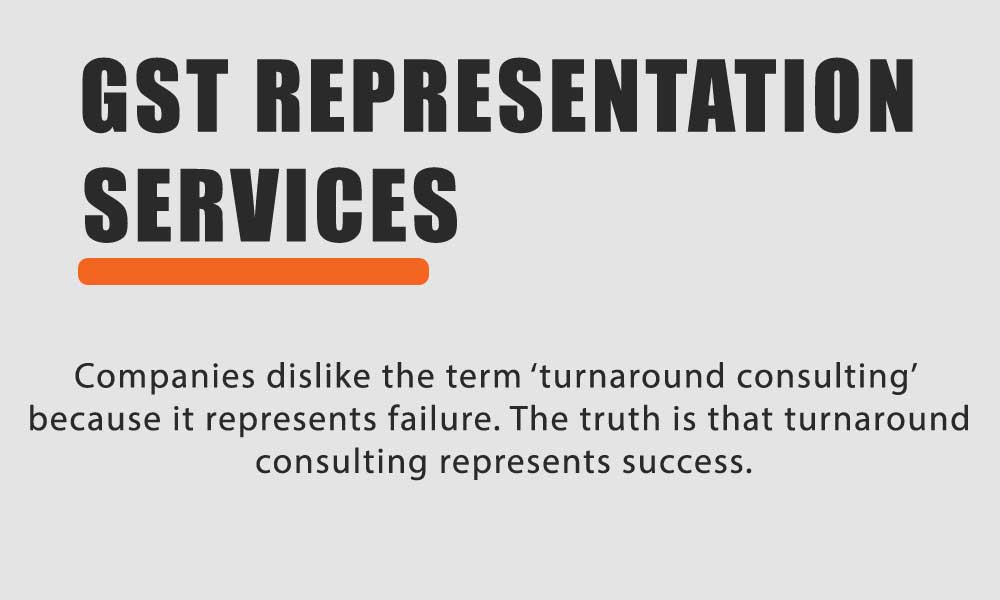Background
Presently there are many taxes such as Central Excise, Service tax, VAT, CST, Entry tax being levied in India at central and state level. This multiplicity of taxes at the State and Central levels has resulted in a complex indirect tax structure in the country that is ridden with hidden costs for the trade and industry.
GST will simplify and harmonize the indirect tax regime in the country. It is expected to reduce cost of production and inflation in the economy, thereby making the Indian trade and industry more competitive, domestically as well as internationally.
Concept
GST is a destination based tax regime. There would be dual GST model in India. Both Centre and States will simultaneously levy GST across the value chain. GST would be levied on a supply of goods and services. Centre and State would levy and collect CGST and SGST respectively. Further, the Centre would levy and collect the Integrated Goods and Services Tax (IGST) on all inter-State supply of goods and services.
Levy of GST
Modal GST Act provides that there shall be levied a tax called the Central/State Goods and Services Tax (CGST/SGST) on all intra-State supplies of goods and/or services at the rate as specified in the Schedule and collected in such manner as may be prescribed. The CGST/SGST shall be paid by every taxable person in accordance with the provisions of this Act.
Taxable Person
Taxable person would cover any person carrying on business in India, include CG, SG and local authorities in relation to transactions in which they are engaged as public authorities
Further employees, in relation to services provided to the employer, kept out from the meaning of taxable person. Similarly, person with aggregate turnover of less than Rs. 10 lacs (Rs. 5 lacs for NE states) shall be considered as non-taxable person.
Meaning of Supply
GST is levied on a supply of goods or service. Supply has very wide meaning covers all forms of supply such as a supply of goods and/or services by way of sale, transfer, barter, exchange, license, rental, lease, and disposal of assets for consideration in the course of business, importation of service, whether or not for consideration. Further supply without consideration would be considered as deemed supply.
Valuation
Value of taxable supply shall be transaction value (where a transaction is between an unrelated party and the price is a sole consideration). Transaction value would include any price, taxes other than GST, expenses, fees etc. paid or payable in relation to the supply.
Transaction value would also include discount allowed after the supply. Discount allowed before or at the time of supply shall not be included in the transaction value. Where value cannot be determined as per above, it shall be calculated in accordance with the rules framed in this behalf.
Tax Rate
The rate of tax has not been provided in the Modal GST Act. It would be provided separately in the schedule. There may be a different rate of taxes for a different class of goods and services.
Credit under GST
- GST would broaden the tax base, which would allow seamless transfer of input tax credit from one stage to another in the chain of value addition. Tax may be paid after adjusting the eligible credit.Order of utilisation shall be as follows:
- IGST to be used for IGST, CGST and SGST in that order
- CGST to be used for CGST and IGST in that order
- SGST to be used for SGST and ISGT in that order
- CGST to SGST and SGST to CGST adjustment not possible
Exemption from tax
The Govt. may grant exemptions based on a recommendation of council. The exemption may be absolute or conditional. Where exemption has been granted absolutely, it would be mandatory to claim the exemption
Composition Scheme
For the person who has taxable turnover equal or less than fifty lakhs is proposed to be given a Composition scheme wherein the composition tax rate as is fixed based on the recommendation of GST Council will have to be paid instead of the regular rate of tax. The rate is expected to be between 1% to 4%. The scheme will be subject to conditions which the law will provide for the same.
Registration
Registration has to be obtained state-wise and not on all India basis. However within a state, if there is a separate business vertical option is given to register the same separately. The taxability is determined based on registration treating them as a separate entity for a supply of goods/services. Separate registration will be accorded by State Government and Central Government in each state, with mutual coordination among them.
Records and Returns
The records though to be maintained as per the needs of the business, since GST is going to be technology based, all the transactions relating to GST is required to be uploaded into GST portal on a periodical basis.
Further also there is a requirement of matching of credits to the supplier’s output tax to get the benefit of creditors, otherwise of which the credit will be denied. Further, also it is proposed that the credit will not be permissible unless the vendor deposits appropriate taxes into Government Exchequer. This will add difficulties in business since they have to ensure compliance of their vendor to get the benefit of the credit.













